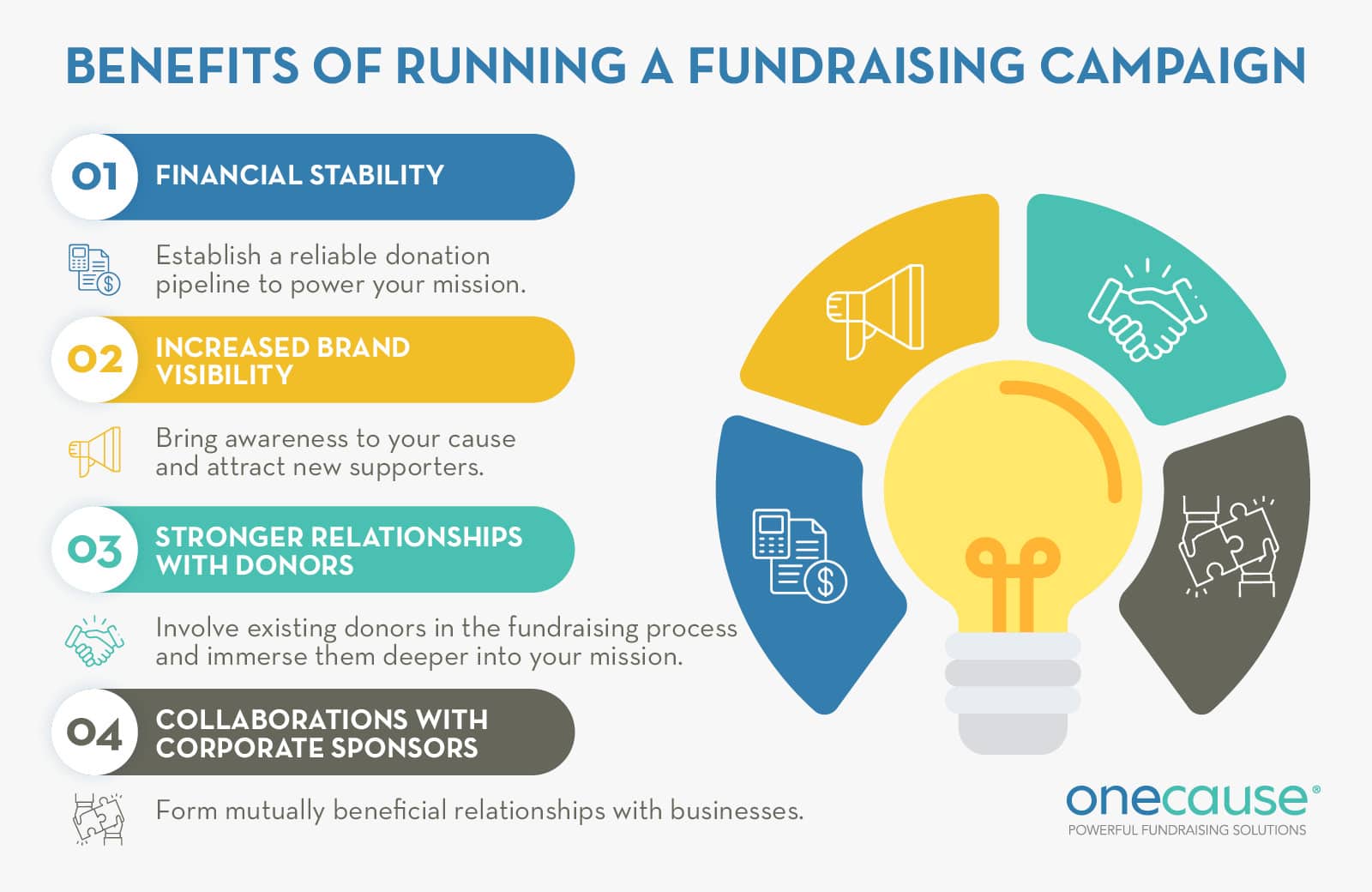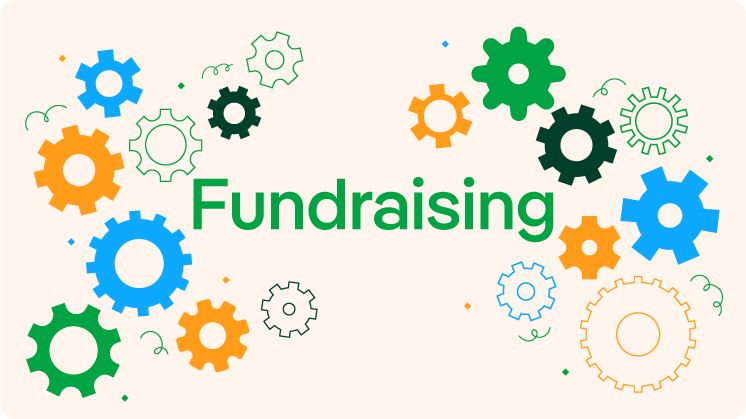Nonprofit Agency: Just How to Optimize Your Effect with Expert Advice
Nonprofit Agency: Just How to Optimize Your Effect with Expert Advice
Blog Article
The Duty of Area Interaction in Nonprofit Fundraising: Structure Lasting Relationships for Sustainable Support
Neighborhood engagement is increasingly recognized as a vital part of successful nonprofit fundraising. By promoting real relationships with regional stakeholders, organizations can cultivate count on and loyalty, which are necessary for sustainable assistance. However, the approaches and methods employed to involve areas differ commonly, raising important questions regarding efficiency and impact. What are the very best methods for growing these crucial connections, and exactly how can nonprofits determine their success in this sector? Comprehending these characteristics can dramatically affect the future of fundraising initiatives and the overall goal of nonprofit companies.
Recognizing Community Interaction
Area engagement is a crucial element of effective nonprofit fundraising efforts. It refers to the approaches and tasks that organizations employ to attach with their regional neighborhoods, promoting partnerships that are equally helpful. Understanding neighborhood involvement entails identifying its multifaceted nature, which consists of engagement, outreach, and cooperation. Nonprofits need to determine crucial stakeholders-- such as area participants, regional companies, and other organizations-- to develop effective involvement techniques.
Efficient community interaction is asserted on active listening and responsiveness to the demands and rate of interests of the community. This process involves obtaining responses, understanding area dynamics, and making certain that the company's objective aligns with regional top priorities. Engaging the community can take different types, including public meetings, volunteer possibilities, and collaboration initiatives, each designed to motivate participation and investment in the organization's goals.
Furthermore, neighborhood engagement need to be come close to as a continuous discussion as opposed to a single initiative. By promoting an inclusive environment where community voices are heard and valued, nonprofits can develop a strong foundation for future fundraising undertakings. Inevitably, a deep understanding of neighborhood interaction equips companies to develop genuine links that boost their general performance and sustainability.
Benefits of Strong Relationships
Strong relationships developed via neighborhood interaction yield many advantages for nonprofit fundraising efforts. Firstly, these relationships foster count on and credibility, important parts in motivating benefactors to contribute. When potential supporters see a nonprofit proactively associated with their area, they are more probable to believe in its goal and impact.

Furthermore, these relationships assist in effective communication. Nonprofits can utilize their connections to share tales of effect, updates, and requires, making sure that supporters remain educated and involved. This open line of interaction not just reinforces bonds but additionally motivates word-of-mouth promotion, broadening the not-for-profit's reach.
Lastly, solid neighborhood connections can bring in new partners and enrollers. Organizations and individuals are extra likely to straighten with companies that show significant area involvement, providing added resources and support that can significantly boost fundraising capabilities. Thus, i was reading this cultivating robust relationships with area interaction is essential to a nonprofit's long-term fundraising success.
Approaches for Efficient Engagement
Just how can nonprofits properly involve their neighborhoods to improve fundraising efforts? Establishing targeted approaches is vital for promoting purposeful links. Initially, leveraging social media sites systems allows companies to share their objective dynamically and interactively, getting to a broader target market. Regular updates, engaging material, and calls-to-action can galvanize neighborhood interest and involvement.
Second, hosting community events, such as workshops, volunteer chances, or fundraising drives, assists in in person interaction, enabling nonprofits to showcase their effect and efforts. These events not just elevate funds yet likewise grow relationships and enable area members to involve straight with the reason.
Third, applying More about the author individualized interaction techniques can improve engagement. Customizing messages to specific donor sectors based upon rate of interests and previous contributions promotes a sense of belonging and financial investment in the company's objective.
Finally, producing partnerships with regional services and area leaders can magnify outreach initiatives. Collective efforts can improve presence and credibility, demonstrating a collective commitment to the area's wellness. By integrating these approaches, nonprofits can develop lasting partnerships that enhance fundraising efforts and drive sustainable assistance.
Measuring Engagement Success
While involving the area is crucial for successful nonprofit fundraising, determining the performance of these engagement initiatives is just as crucial. Developing clear metrics permits companies to assess just how well they are getting in touch with their target market and achieving their fundraising objectives. Trick efficiency signs (KPIs) such as donor retention rates, volunteer engagement degrees, and involvement on social media sites systems supply concrete information for analysis.

Frequently examining these metrics makes it possible for organizations to pivot their methods when required, making certain that community engagement stays aligned with their general goal. Furthermore, sharing these outcomes with stakeholders fosters openness and develops depend on, urging additional neighborhood participation. Eventually, a robust dimension structure not only educates future fundraising campaigns however likewise reinforces the relationship in between the nonprofit and Get More Information its supporters, preparing for lasting success.
Situation Research Studies in Area Influence
Various study show the extensive influence that neighborhood involvement can have on nonprofit fundraising success. One noteworthy example is the "Food for Idea" campaign, where a regional food financial institution partnered with companies and institutions to host area suppers. These occasions not just elevated funds however additionally cultivated a sense of belonging amongst participants, considerably raising benefactor retention rates.
An additional compelling situation is the "Eco-friendly Spaces Job," which involved local homeowners in the revitalization of urban parks. This campaign not just garnered financial assistance from regional companies but also grew a volunteer base that added to recurring upkeep and shows. The sense of ownership and pride among area participants translated right into continual payments.
In the realm of arts, the "Art for All" campaign successfully involved local artists and patrons to produce collaborative art installments, leading to boosted visibility and contributions for a neighborhood arts not-for-profit.
These instances highlight that when nonprofits prioritize neighborhood involvement, they can produce enduring connections that improve fundraising efforts, guaranteeing sustainable assistance and fostering a vibrant community society. Such situations show that neighborhood interaction is not merely an approach but a necessary column of not-for-profit success.
Final Thought
In verdict, community involvement is indispensable to the success of nonprofit fundraising initiatives. Ultimately, a robust structure of area support not just magnifies fundraising prospective however likewise grows a society of cooperation, crucial for achieving long-term business objectives and maintaining meaningful effect. fundraising consultant.
Nonprofits need to recognize essential stakeholders-- such as area participants, regional services, and other organizations-- to develop reliable engagement approaches.

In final thought, community interaction is important to the success of not-for-profit fundraising efforts.
Report this page